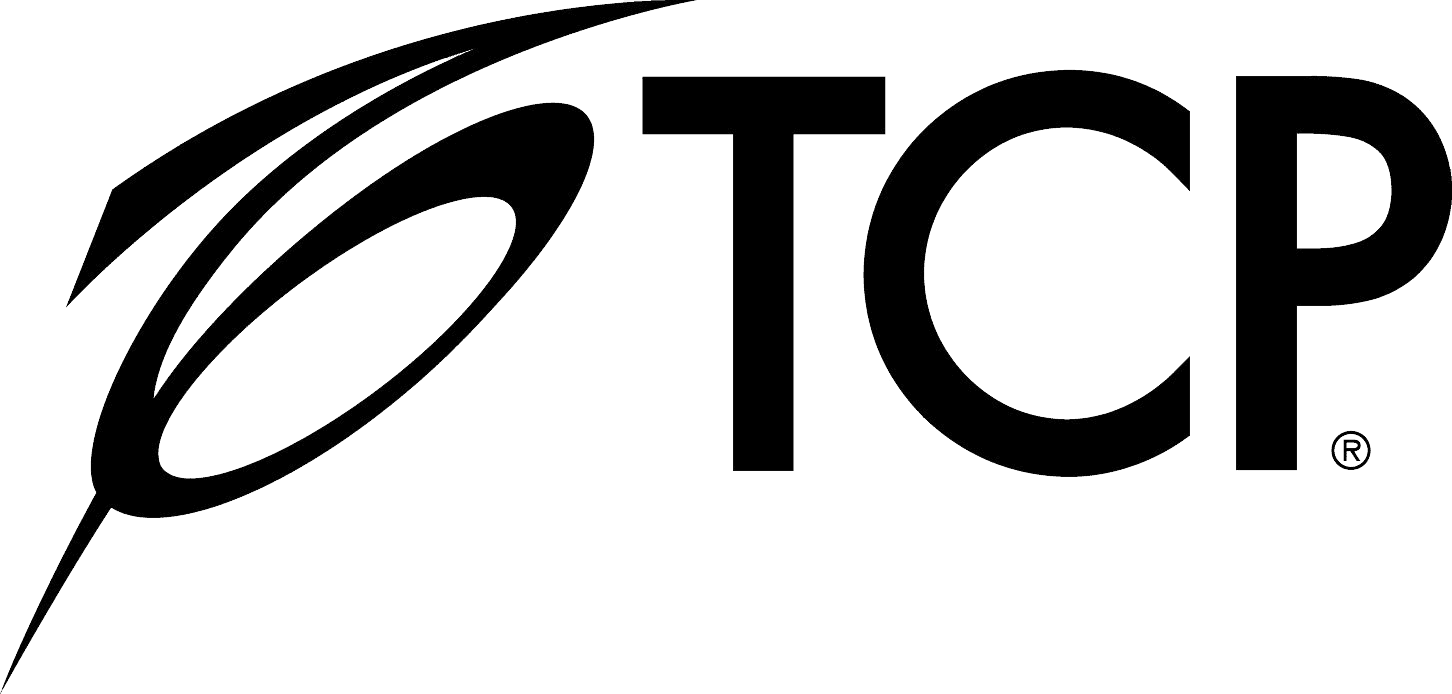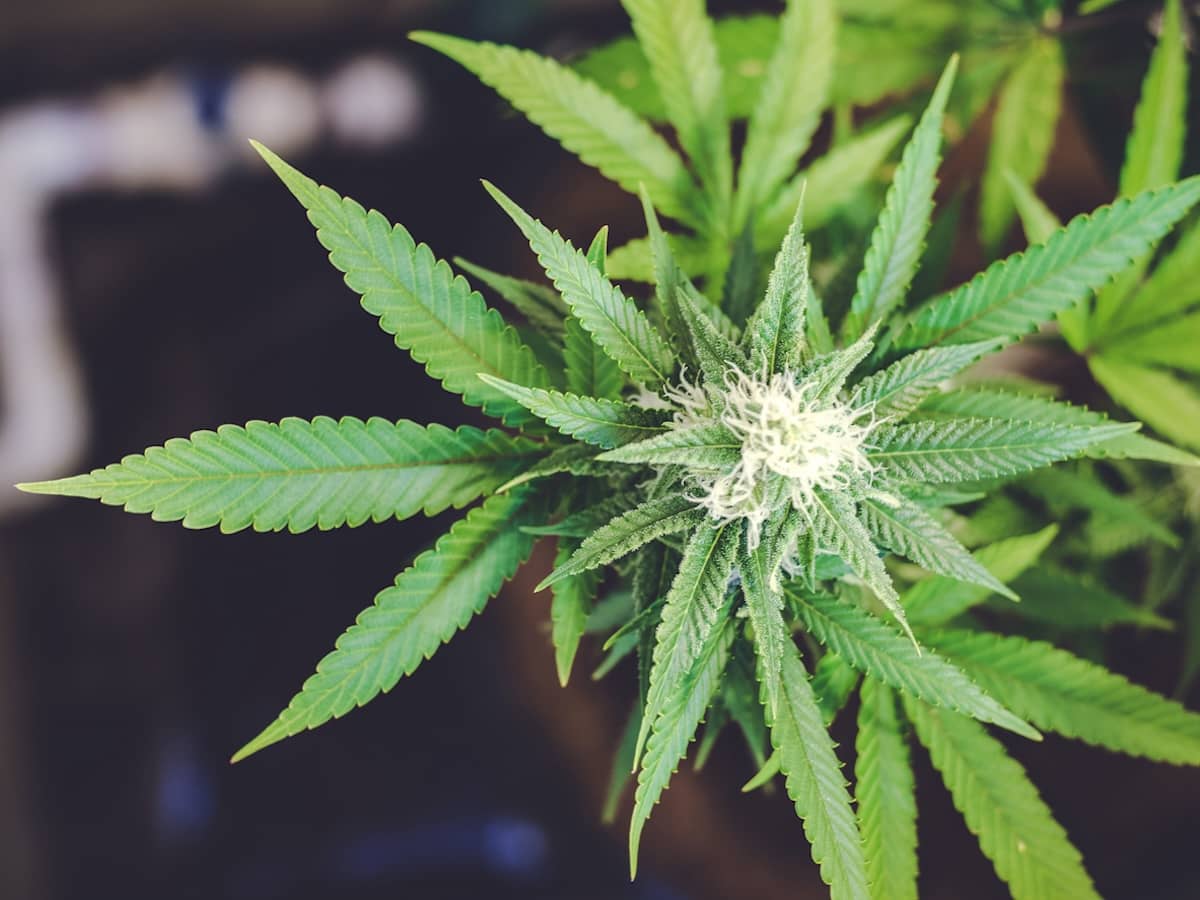The Benefits of Light Spectrums For Horticulture Grow Lights
Looking for the best indoor plant light for personal cannabis growing? Wondering whether investing in commercial grow lights will up your home growing game? Confused about the various light spectrums referenced on horticulture LED lights?
The light-obsessed pros at TCP have your back. We’ve been a leading innovator in the LED lighting industry for over 30 years, so we know a lot about horticulture lighting.
To help you choose the best grow lights for bushier plants and juicier buds, we put together a primer on light spectrums and how they fuel different growth stages.
Read on for our insight into the difference between lighting color temperature and light spectrums, the wavelengths that most benefit cannabis, light spectrum explanations from UV to far-red, and how to manipulate greenhouse lighting for healthier plants and higher yields.
What Is the Difference Between Light Spectrum & Color Temperature?
This can be confusing because both light spectrums and lighting color temperature employ colors to describe the properties of light. The main difference between the two concepts is the measurement scale each one uses. In a nutshell:
Light spectrums = a distribution of wavelengths that may be visible or invisible
Lighting Color Temperature = a subjective assessment of how light from a combination of wavelengths appears to the human eye
Different wavelengths of light affect the growth and development of your pot plants – often triggering reactions like germinating, sending out longer stems or developing buds.
There’s more to it, of course. If you’re stuck on the question of what is lighting color temperature, rest assured that it’s far more important for your home growing efforts to choose the best indoor plant lighting by light spectrum.
Understanding Light Spectrums
So, let’s get into the various spectrums of light and how various wavelengths factor into horticulture LED grow lights for cannabis. Note that wavelengths are measured in nanometers, which we abbreviate as “nm.”
The Electromagnetic Spectrum ~5 Billion nm to ~0.0005 nm
Electromagnetic radiation refers to any type of energy that travels while spreading out. The electromagnetic spectrum includes all kinds of electromagnetic radiation, such as:
- Radio waves
- X-rays
- Microwaves
- Ultraviolet rays
- Visible light waves
Visible and Invisible Light Spectrum ~100 nm to 780 nm
Within the electromagnetic spectrum, there is the full spectrum of light – aka sunlight. Within the full spectrum, there are light waves we humans can see and light waves we cannot see. All of them are important light spectrums for growing plants and animals (including humans!).
Let’s look at each subset of wavelengths within that full spectrum to understand each one’s role in horticulture lighting:
UV Light ~100 nm to 400 nm
Ultraviolet wavelengths are part of the light spectrum that is not visible to humans. There are three kinds of ultraviolet light: UVA, UVB and UVC. You probably recognize the first two from sunscreen products because exposure to them can raise our risk of skin cancer. Here’s how each of these three wavelengths figure into the cannabis light spectrum:
- UVA may boost THC production if increased during the flowering stage
- UVB may support terpene and cannabinoid production at the end of the flowering stage
- UVC is not useful to plants or humans – in fact, it is dangerous – and no plant lighting should emit any UVC rays
Blue Light ~420 nm to 470 nm
Light wavelengths at this shorter end of the visible light spectrum are vital to human health – but too much of them can interrupt sleep cycles and cause other problems. Our electronic devices emit blue light, which is why many of us try to find ways to reduce blue light exposure in our everyday lives.
When it comes to indoor garden lighting, blue light holds a strong influence over the synthesis of chlorophyll. Blue plant lighting during the vegetative growth stage can help your plants get taller and bushier. It’s best to avoid the blue light spectrum in the germination stage, though, because it essentially tells the seed not to respond to light, potentially rendering it unable to germinate.
Green Light ~500 nm to 565 nm
Green wavelengths contribute to the cannabis light spectrum in a more supportive role. Rather than directly boosting growth, green light allows growers to assess plant health without disrupting the day/night cycle. It may also help regulate overall yield by penetrating deeper into the plant canopy and encouraging photosynthesis in lower leaves.
Red Light ~660 nm to 680 nm
Red light wavelengths turn your plants into little powerhouses. Using red horticulture lighting in both the germination and the flowering stages means your cannabis will grow faster and yield juicier buds. That means red-focused horticulture LED lights are the best start for seedlings and the right boost for budding plants.
Far-Red Light ~700 nm to 780 nm
For a long time, the best grow lights didn’t include the far-red light spectrum because horticulturalists believed plants couldn’t absorb anything beyond the 700 nm wavelength. But recent research reveals that far-red horticulture lighting is key to sparking the transition from vegetative to flowering stages. It does this by changing your plant’s perception of day length and triggering a shade-avoidance response – which causes it to grow taller or produce broader leaves in search of more sunlight.
Manipulating Light Spectrums to Optimize The Growth Stages
Understanding the various spectrums of light can help you choose the best grow lights for each stage of plant growth. It’s important to start with full-spectrum horticulture lighting to ensure overall healthy, high-yield cannabis plants.
Take your setup to the next level by tweaking your indoor garden lighting to include the wavelengths that support germination, vegetation and flowering.
Here’s how:
- Germination Stage – Avoid blue light, introduce red light with full-spectrum plant lighting
- Vegetative Stage – Push blue light, use green light during assessment chores
- Flowering Stage – Add red and far-red light spectrum to boost budding, increase UV light spectrums to amp up THC production
The Best Indoor Plant Lights by TCP Lighting
Ready to use the light spectrums in TCP’s horticulture lighting to get higher yields and tastier buds? Our high-quality LED indoor garden lighting puts the cannabis light spectrum front and center! And with great features like quick-connect daisy chain designs and low energy usage, our horticulture LED lights deliver the ultimate buzz.







